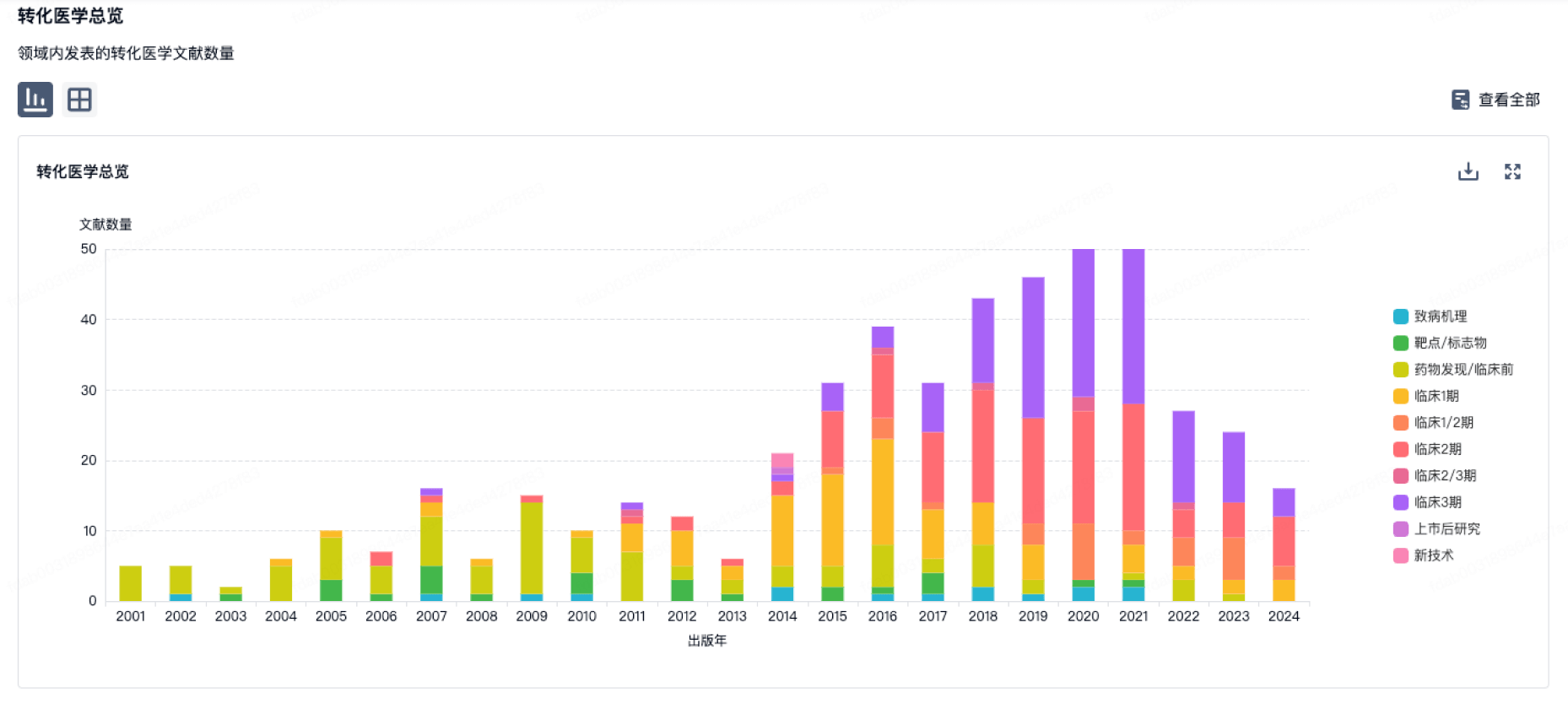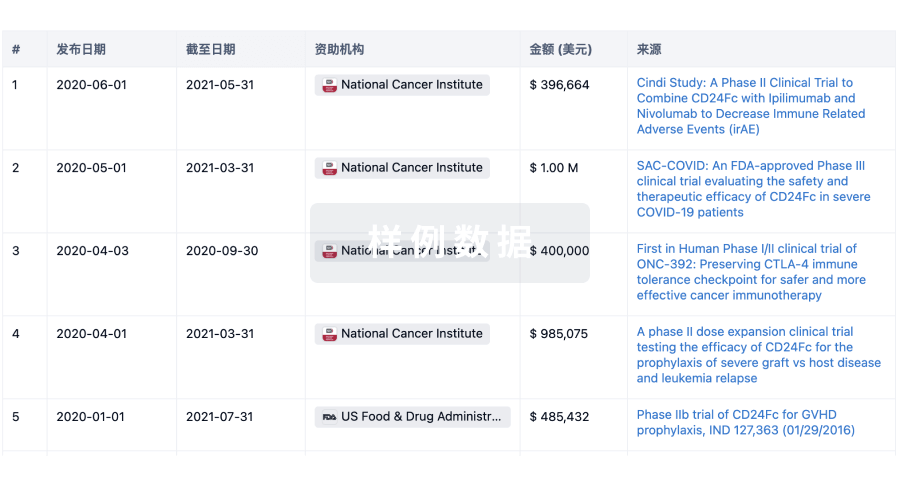预约演示
更新于:2025-05-07

The Robert Jones & Agnes Hunt Orthopaedic Hospital NHS Fdn
更新于:2025-05-07
概览
关联
35
项与 The Robert Jones & Agnes Hunt Orthopaedic Hospital NHS Fdn 相关的临床试验NCT06782269
Incidence of Subtalar Joint Fusion After Isolated Ankle Fusion
It is important to know a truer incidence of the need for subtalar and midfoot fusions, following an isolated ankle fusion, in order to better inform our patients of the likelihood of needing further surgery in the future. It is also important to understand whether pre-existing radiological arthrosis is likely to lead to the need for a fusion in the future and also how important the alignment of the ankle joint, after a fusion, may influence that.
The aim of the study is to review the patients' notes and radiology who have had a previous isolated ankle fusion and then to see whether they subsequently required further surgery.
The aim of the study is to review the patients' notes and radiology who have had a previous isolated ankle fusion and then to see whether they subsequently required further surgery.
开始日期2025-06-01 |
NCT06895239
Elbow Arthroplasty and Patient Reported Post-operative Activities
Patients who underwent Total elbow replacement from and after 2010 with a minimum of 6 months at a single institution will be studied retrospectively. The data required for the study will be collected prospectively. Patient demographic data will be collected through the Information team and electronic patient record. Surveys will include questions about whether they recalled the activities that were not recommended by the surgeons, oxford elbow scores and the type of activities they currently perform. Patients will be contacted by telephone after initial screening against inclusion and exclusion criteria, and subsequent questionnaires will be sent through post or by email, whichever the patient prefers. Patients who do not respond to the postal or email questionnaire will be contacted again by telephone.
开始日期2025-04-30 |
NCT06033651
Long Term Follow up of the Titanium Modular Revision Hip System up (TinT 10)
Patients are to be approached to attend clinic who have been identified as being implanted with either a Lima Corporate Delta Revision TT, Delta One TT or the Delta Multihole Systems hip systems between 2011 and 2015, a minimum of 10 years since hip surgery. They will be x-rayed (AP pelvis and a lateral view) and have a clinical review in clinic.
开始日期2025-04-10 |
100 项与 The Robert Jones & Agnes Hunt Orthopaedic Hospital NHS Fdn 相关的临床结果
登录后查看更多信息
0 项与 The Robert Jones & Agnes Hunt Orthopaedic Hospital NHS Fdn 相关的专利(医药)
登录后查看更多信息
857
项与 The Robert Jones & Agnes Hunt Orthopaedic Hospital NHS Fdn 相关的文献(医药)2025-02-01·Journal of Neurotrauma
A Comprehensive Proteomic and Bioinformatic Analysis of Human Spinal Cord Injury Plasma Identifies Proteins Associated with the Complement Cascade and Liver Function as Potential Prognostic Indicators of Neurological Outcome
Article
作者: Hulme, Charlotte ; Budithi, Srinivasa ; Wright, Karina ; Peffers, Mandy ; Osman, Aheed ; Cool, Paul ; Bernardo Harrington, Gabriel Mateus ; Kumar, Naveen ; Fisher-Stokes, Jessica ; Masri, Wagih El ; Chowdhury, Joy Roy
2024-12-01·The Bone & Joint Journal
The National Joint Registry Data Quality Audit of elbow arthroplasty
Article
作者: Spearpoint, Nicola ; Platt, Julie ; Yizhe Lim, Martin ; Prasad, Ganesh ; Forder, Justin ; Sayers, Adrian ; Draviaraj, Kingsleypaul ; Liew, Ignatius ; Hitchcock, Maria ; Burrows, Melanie ; McNally, Debbie ; Ramesh, Ashwanth ; Glanville, Gemma ; Brown, Elke ; Povall, Kate ; Hawken, Archie ; Mohamed, Foad ; Holdcroft, Emily ; Stainer, Rebecca ; Rogers, Emma ; Kinsley, Gemma ; Malik, Sheraz ; Hay, Stuart ; Joby, John ; McBride, Tim ; Pradhan, Riten ; Shapiro, Joanne ; Sadiqi, Maseh ; Drew, Steven ; Rashid, Abbas ; Smith, Kerry ; Lipscombe, Stephen ; Eng, Khemerin ; Truss, Adam ; Boateng, Michael ; Dennis, Sonu ; Gmati, Aimen ; Siddiqui, Nashat ; Brooker, Joanne ; Konarski, Alastair ; Jovanovic, Jadranka ; Bentley, James ; Baxter, Jonathan ; Bhat, Mahendar ; Savage, Kim ; Bould, Michael ; Chojnowski, Adrian ; Martin, Christy ; Hudson, Siobhan ; Millyard, Cathy ; MacInnes, Scott ; Bhatt, Ankit ; Craven, Joanna ; Mutimer, John ; Simpson, Vera ; Duff, Caroline ; Ratford, Emily ; Brereton, Rachel ; Davis, Joanne ; Mohamed, Abdalla ; Dirckx, Margo ; Sinclair, Pierre ; Pole, Craig ; Wood, David ; Emara, Moustafa ; Smith, Christopher ; Paul, Claudia ; Goddard, Karen ; Page, Kelly ; Madden, Paula ; Gill, Vicki ; Theivendran, Kanthan ; Saunders, Nicky ; Al-Hadithy, Nawfal ; Williams, Daniel ; Buchanan, James ; Kang, Niel ; Gamble, David ; Auplish, Sunil ; Brinsden, Mark ; Orton, Peter ; Dixon, Oliver ; Nicholl, Aly ; Bryant, Richard ; Waller, Louise ; Eyre-Brook, Alistair ; Goldsmith, Carly ; Maris, Alexandros ; Schouw, Melissa ; Shaw, Grant ; Rhee, Jae ; Pickering, Greg ; Burnett, Karen ; Baines, Steven ; Holdcroft, Terry ; Lynch, Edith ; Chauhan, Govind S ; Paius, Maria ; Jackson, Crystal ; Buck, Lisa ; Peach, Chris ; Titchener, Andrew ; Ferdinandus, Sharon ; Qazzaz, Layth ; Barkham, Benjamin ; Neen, Daniel ; Else, Samantha ; Evans, Jon ; Prins, Afnan ; Shrestha, Suzani ; Sargazi, Nastaran ; Whitehouse, Michael R ; Harris, Margaret ; Dickinson, Graham ; Jameson, Jackie ; Miller, Jane ; Higgs, Deborah ; Jimenez, Andreea ; Hill, Sharyn ; Kerr, Carla ; Mcauliffe, Anne-Marie ; Southgate, Jeremy ; Haywood, Mia ; Rodgers, Samantha ; Cuthbert, Rory ; Crawford, Jason ; Maddocks, Nick ; Elahi, Zain ; Lewin, Alexandria ; Blastland, Jenny ; Vollans, Sam ; Haines, Samuel ; Desai, Aravind ; Iqbal, Sheeraz ; Charlotte Montgomery, Helen ; Docker, Charles ; Hauffe, Isabelle ; Mazis, George ; Browne, Jacqueline ; Venugopal, Vinayak ; Cook, Hayley ; Dehler, Tom ; Thompson, Jackie ; Abbott, Sarah ; Dhillon, Sukhraj S ; Robinson, Simon ; Borreshi, Sebastian ; Jabr, Yamen ; Sanders, Paige ; Somanchi, Brinda ; Edwards, Michelle ; Jenvey, Cara ; Edakalathur, Jefin ; Garg, Sunil ; Hughes, Hazel ; Hickinson, Anne ; Finch, Marie ; Pegg, Derek ; Hamoodi, Zaid ; Ashton, Fiona ; Esler, Colin ; Dean, Ben ; Plakogiannis, Christos ; Brookes, Sabine ; Price, Karen ; Sagmeister, Markus ; Chakravarthy, Jagannath ; Hawkes, Dave ; Patel, Neelam ; Townley, Michael ; Fowler, Lisa ; Sepesiova, Lucia ; Goude, Will ; Batten, Timothy ; Butt, Usman ; Rashid, Adil ; Singh, Bijayendra ; Zeolla, Julian ; Ogden, Emma ; Kent, Jonathan ; Phillips, Eleanore ; Roy, Bibhas ; Mitchell, Claire ; Masunda, Stanley ; Bhabra, Gev ; Gooding, Ben ; Truman, Jennie ; Wilkinson, Mark ; Amirfeyz, Rouin ; Breidaka, Zarina ; Kausor, Gulnaz ; Rice-Evans, Matthew ; Davies, Sammy ; Jewitt, Elizabeth ; Singh, Jagwant ; Jennings, Andrew ; Wei, Nicholas ; Farhan-Alanie, Muhamed ; Davis, Vicky ; Mannan, Syed ; Ricketts, Martha ; Sinha, Apurv ; Beaumont, Sera ; Harnett, Louise ; Levitt, William ; Melton, Joel ; Jones, Adrian ; Williams, Philip ; Thompson, Andrew ; Franklin, Marieta ; Hardley, Thomas ; Haque, Aziz ; Cittambalam, Janani ; James White, William ; Sandher, Dilraj ; Esfandiari, Alireza ; Yadu, Shirley ; Nanda, Rajesh ; Holliday, Ann ; Keane, Conal ; Fischer, Jochen ; Everall, Alicia ; Goring, Benjamin ; Mahajan, Ravindra ; Sawalha, Seif ; Candal-Couto, Jaime ; Tozer, Tina ; Bhutta, Aqeel ; Radhakrishnan, Ajay ; Zreik, Nasri H ; Rasidovic, Damir ; Sanderson, Kelly ; Adebayo, Oliver ; Scott, Gareth ; Bhingraj, Mahmoud ; Burt, Jill ; Chatterji, Somashree ; Curtis, Sherri ; Nightingale, Jessica ; Tareef, Tareq ; Munn, Darren ; Glancey, Emma ; Ankarath, Sudhi ; Soufan, Muhab ; Boardman, David ; Boulton, Lesley ; Pride, Julie ; Southgate, Cynthia ; Stevens, Richard ; Kerr, Julie ; Burton, David ; Ahrens, Philip ; Newton, Lynne ; Aulton, Kelly ; Newton, Ashley ; Boksh, Khalis ; Dodenhoff, Ronald ; Ayeko, Segun ; Kord, Jacqueline ; Haritonow, Susan ; Talbot, Charlie ; Mckeown, Nicolee ; Cochrane, Roz ; Penfold, Sue ; Austin, Jane ; Hickey, Susan ; Kumar, Hari ; Potter, Richard ; Duffin, Sarah ; Selzer, Gunther ; Stimler, Batya ; Siney, Paul ; Lafferty, Rebecca ; Ollivere, Ben ; Azhar, Raja ; Booker, Simon ; Earnshaw, Kirstie ; Thornhill, Elizabeth ; Forde, Christine ; Jones, Neil ; Singh, Harvinder ; Imtiaz, Rabia ; McLauchlan, George ; Chaudhury, Salma ; Bingham, Samuel ; Thomas, William ; Federer, Simon ; Turner, Rob ; Bahia, Rish ; Barrett, Emily ; Keen, Lauren ; Williams, Nicola ; Roach, Deborah ; Dias, Richard ; Durham, Paula ; Ginley, Jean ; Colbridge, Karen ; Rooney, Aaron ; Van Rensburg, Lee ; Sidharthan, Sijin ; Walsh, Anna ; Li, Yueyang ; Watts, Adam C ; Hill, Richard ; Dale, Lisa ; Gosia Clarke, Malgorzata ; Ahmad, Kashif ; Suter, Danielle ; Simons, Adrian ; Shah, Sohan ; Waraich, Aleena ; Yarashi, Tejas ; Hind, Jamie ; Rayner, Jan ; Goel, Jay ; Kent, Matthew ; Shahane, Shantanu ; Kaynes, Sarah ; Stone, Andrew ; Harrison, Jane ; Shutt, John ; Papanna, Madhavan ; Oswald, Lynda ; Carvell, Hannah ; Kinnair, Anthony ; Saunders, Mark ; Thomas, Beverely ; Abbott, Jennifer ; Harris, Joanna ; Barai, Sneha ; Flood, Catherine ; Bojarska, Kasia ; Kelly, Gaynor ; Akinfala, Michael ; Jayme, Odette ; Robinson, Paul ; Goodwin, Fiona ; Correa, Elizabeth ; Bavan, Luckshman ; Broux, Cheryl ; Clelland, Andrew ; Wilson, Stephanie ; Smith, Callum ; Domos, Peter ; Markey, Michael ; Baldomir, Marisol ; Samy, David ; Kumar, Sachin ; Brannan, Linda ; Rossouw, Dan ; Clarke, Ben ; Campaner, Barry ; Mahoney, Rachel ; Martin, Rebecca ; Cooper, Becky ; King, Christina ; Kabala, Vanessa ; Lancaster, Patrick ; Dainton, Jeremy ; Hedge, Siddhant ; Gacaferi, Hamez ; Al-Najjar, Majed ; Der Tavitian, Jacob ; Guyver, Paul ; Waters, Eve R ; McGowan, Amy ; Clark, David
2024-11-01·BMJ Supportive & Palliative Care
Myotonic dystrophy type 1: palliative care guidelines
Article
作者: Willis, Tracey ; Eglon, Gail ; Willis, Derek ; Turner, Chris ; Ashley, Emma-Jayne ; Bassie, Claire
100 项与 The Robert Jones & Agnes Hunt Orthopaedic Hospital NHS Fdn 相关的药物交易
登录后查看更多信息
100 项与 The Robert Jones & Agnes Hunt Orthopaedic Hospital NHS Fdn 相关的转化医学
登录后查看更多信息
组织架构
使用我们的机构树数据加速您的研究。
登录
或

管线布局
2025年06月07日管线快照
无数据报导
登录后保持更新
药物交易
使用我们的药物交易数据加速您的研究。
登录
或

转化医学
使用我们的转化医学数据加速您的研究。
登录
或

营收
使用 Synapse 探索超过 36 万个组织的财务状况。
登录
或

科研基金(NIH)
访问超过 200 万项资助和基金信息,以提升您的研究之旅。
登录
或

投资
深入了解从初创企业到成熟企业的最新公司投资动态。
登录
或

融资
发掘融资趋势以验证和推进您的投资机会。
登录
或

Eureka LS:
全新生物医药AI Agent 覆盖科研全链路,让突破性发现快人一步
立即开始免费试用!
智慧芽新药情报库是智慧芽专为生命科学人士构建的基于AI的创新药情报平台,助您全方位提升您的研发与决策效率。
立即开始数据试用!
智慧芽新药库数据也通过智慧芽数据服务平台,以API或者数据包形式对外开放,助您更加充分利用智慧芽新药情报信息。
生物序列数据库
生物药研发创新
免费使用
化学结构数据库
小分子化药研发创新
免费使用